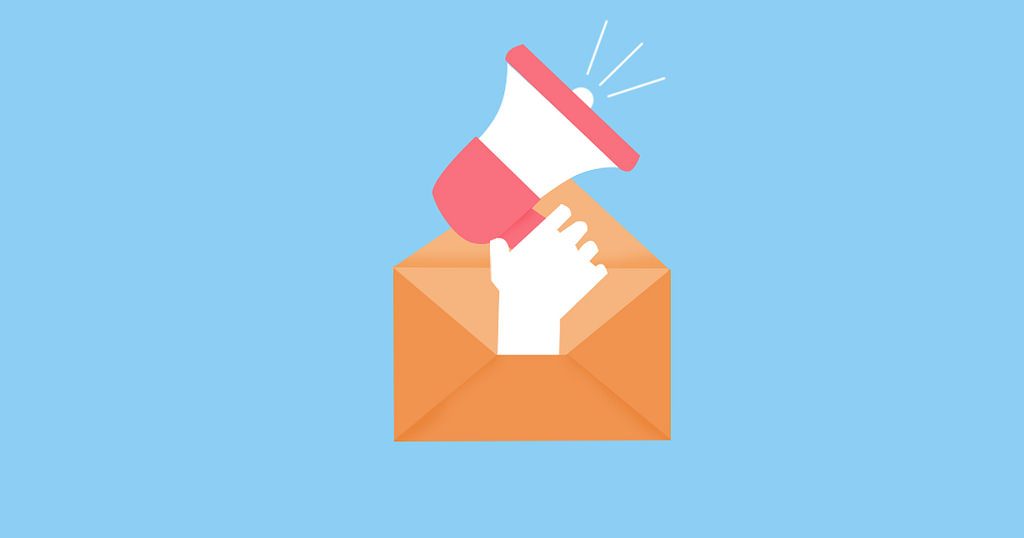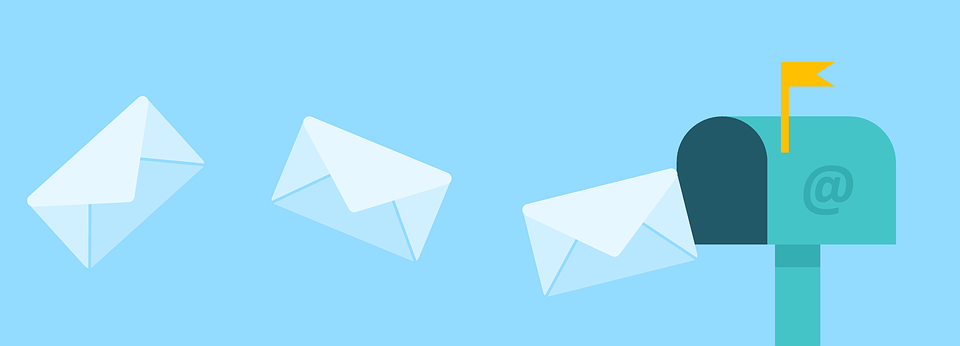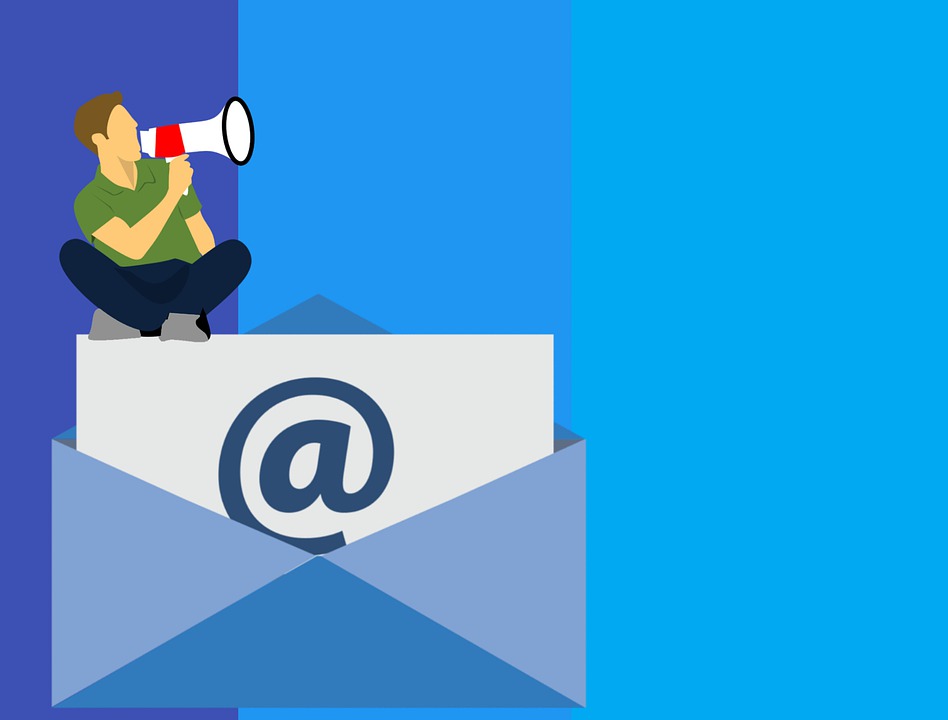Email marketing remains to this day, the best way to retain and gain returning customers to your eCommerce store.
That’s why we have prepared a guide on eCommerce Email Marketing Best Practices.
For the purposes of this guide, we will assume you currently have a list of potential buyers
eCommerce Email Marketing Best Practices #1 – Write Curiosity Inducing Headlines
The most important part of email marketing is writing a headline that gets people to open your messages.
If it doesn’t get read, you won’t make any sales off it.
So the real question is, how do you write email subject lines that get opened?
The Number 1 way to write headlines that get opened is to incorporate curiosity.
The second way to write great headlines is to be “unusual.”
In a way, being unusual is a part of inducing curiosity. But beyond this, the aim is to get noticed in a sea of emails.
These days, everyone’s inboxes get bombarded with marketing messages.
This means your emails must compete with the hundreds of other messages vying for the reader’s attention.
The way to stand out in this mass of emails is to be unusual. Say things other emails wouldn’t say.
For example, if you have a target audience of people who are interested in marketing – you could use “Deadpool’s Marketing Secrets Revealed.”
Does this seem unusual? That’s because it is.
You can tie the subject line to your main body by talking about how the Deadpool movie was marketed and how it was a blockbuster hit using these techniques.
Hubspot gives an example of how they have integrated pop culture (the Marvel Universe) with their marketing messages on Facebook. You can see it here.
Combine both curiosity and be unusual for blockbuster results.
How to write curiosity inducing headlines:
- Don’t give away what your email is about in the subject line
- Write something that is of benefit to your customers but doesn’t giveaway how that benefit can be obtained (not in the subject line – pay this benefit off in the body email)
- Reference current trending news stories or pop culture
- Use unusual combinations of words (e.g. instead of “loot,” spell it as “lewt”). This will get more opens and stand out from the hundreds of emails your customer gets every day.
Other Headline Best Practices
- Keep your headlines between 35 – 40 characters for mobiles. Many people read email on their smartphones. Headlines can be longer, but make sure the first 35 – 40 characters is strong enough to get the email opened on its own.
- Make sure your emails are mobile responsive
eCommerce Email Marketing Best Practices #2 – Use A Strong Opening Line To Get People To Read
After writing an unusual, curiosity-inducing headline for your emails, the next part is to follow through with some body copy.
Your body email should be primarily text.
Email still is, and always will be a text-based medium.
People open emails to read things.
Bombarding them with high-resolution images does little to build loyalty and persuade people to buy.
Not to mention it can load slowly on 3G mobile connections.
While there are no hard and fast rules on how long email should be, we recommend sticking to 200 – 300 words (unless you understand how to write long-form sales copy).
Furthermore, try to inject your personality and some entertainment into your emails.
Doing this will help your email stand out amongst others in your customer’s inbox.
You’ll also build deeper relationships with your customers by adding some of your own personality into your emails.
eCommerce Email Marketing Best Practices #3 – Segmentation
It’s important to segment your list from the get-go so that you can send targeted messages.
The more “granular” (targeted) you get, the more effective your emails will be.
At the minimum, you should separate your list by buyers and non-buyers.
If you offer lead magnets (e.g. free reports) to capture email addresses, these emails will be non-buyers.
They should be marketed in a different way from your buyers.
With your non-buyers, you should be trying to make them take the first step as a customer by purchasing something small.
With your buyer list, you should be sending out email messages that focus on getting repeat purchases or upsells.
eCommerce Email Marketing Best Practices #4 – Always Have A Call To Action And Track Results
Every email should ask the reader to take some sort of action.
Whether that’s to lead them to an offer, contact you or to spend more time browsing your website.
The reason for this is because you always want to be getting some form of measurable, data-driven results from your emails.
Emails that don’t urge the reader to do anything, will often build a list of subscribers that don’t turn into customers.
Furthermore, if your call to action (CTA) is to generate sales, measure results by sales only. Open rates and click throughs are meaningless when you’re aiming to generate sales.
One email may have a lower open and click through rate (CTR). Yet if this particular email generates more sales, you should consider it a success over another email that got more opens / CTRs, but didn’t make sales.
However, if you are aiming to gather responses to a survey or similar, then results should be based on the responses.
Also, track your links using Google UTM codes. These allow you to track user behaviour using Google Analytics.
Understanding how people behave on your website is key to website optimisation and increased conversions.
eCommerce Email Marketing Best Practices #5 – ReUse Winning Emails
One mistake people often make with email is to use a winning email only once.
Winning emails (i.e. the ones that make sales) should be re-used and sent out multiple times throughout the day to “non-openers.”
Email services like Mailchimp, GetResponse, Infusionsoft, Klaviyo etc. all have the ability to resend emails to non-responders.
Don’t be afraid to send out the same (or slightly modified) email out with a different subject line. These will often generate more sales for you.
Also, if the email itself is relatively “evergreen” (as in it doesn’t matter whether you use it today, or a year from now), you should use the email again.
You can slightly modify the subject line and body copy and send it out 3 or 6 months later for more sales.
This is where segmentation comes in handy. If you’ve segmented out the buyers, you won’t have to send the same email to them.
You can send this “winning” email to those who haven’t bought X product yet.
That way you get the best of both worlds. You’ll generate more sales from those who haven’t bought yet, and you’ll avoid getting bad feedback from those who’ve already bought.
eCommerce Email Marketing Best Practices #6 – Use Sequences And Triggers To Do The Heavy Lifting
Every eCommerce store should have a few basic autoresponder sequences.
Sequences and autoresponders are a series of emails that are programmed to go out on a specific trigger.
For example, you could have a sequence of emails sent out to welcome new subscribers.
Or you could have an autoresponder sequence for people who buy their first product.
Here are 3 basic autoresponders you should have in place:
- A “Welcome” sequence. You should have a series of emails (at least 3-5) in a sequence to send out to new subscribers.
- The aim of this is to turn them into a first-time buyer.
- You can do this with an email sequence by developing a relationship with them (via the series of emails) and provide valuable content for them.
- In your emails, you should also provide reasons why they should become a customer at your store, as well as social proof elements like testimonials.
- The frequency of these emails is debatable, but these emails should be sent out between daily and weekly (no longer than once per week).
- In these emails, offer a low-priced, low-commitment purchase to turn them into buyers first.
- A “Thank You” sequence. You should also have a series of emails to thank anyone who has purchased for the first time from your store.
- The aim of this sequence is to thank them sincerely for their purchase and gift them with coupons or other gifts.
- In this sequence, continue to build the relationship up and try upsell or cross-sell relevant products.
- If you have a continuity program (monthly subscription), you should try and get them to join it in this sequence.
- A “Win Back” campaign. This sequence is focused on winning back those who have not purchased anything from your store in 30, 60 or 90 days.
- This series should be designed to win back your customers and get them to purchase again from your store.
- In most cases, people stop buying because they feel that they aren’t cared for enough by the businesses they buy from.
- So the key here is to make them feel important and show genuine interest in their wellbeing.
There are many more types of autoresponders, but these 3 are the most basic ones every eCommerce store should have.
The key aspect to remember in all emails, is to focus on building the relationship.
The strength of email marketing is that it allows you to build a relationship at little expense.
Emails are almost “free” in the sense, so it allows you to build a cost-free relationship with your customers.
A big mistake many people make, is to use email marketing with the focus of purely pushing products onto customers.
Doing this will quickly turn your customers away from your emails – training them to delete your emails on sight or unsubscribing.
That’s why you must always remember – the purpose of email marketing is to build trust with your people.
This is the reason why email sequences are used. Several emails are sent out before a selling attempt is made.
Or if you use the “daily email” method, the sales CTAs are usually “soft” sells, not “hard sells.
eCommerce Email Marketing Best Practices #7 – Upsell / Cross-Sell In Your Emails
Once you are able to segment and keep track of what specific people in your list have bought, you can set up upsell and cross-selling sequences.
Basically what this does, is allow you to set up emails that get sent out to customers who bought X product, but not Y.
You can segment your list by these people and upsell / cross-sell them product Y, with an automatic sequence that gets triggered when they buy X.
This is an excellent way to increase average order value.
eCommerce Email Marketing Best Practices #8 – Email Frequency
How often should you email?
This is a question often asked but it is difficult to provide a “one-size-fits-all” answer.
It all depends on your list, your offer and the way you write your emails.
If you write your emails with interesting stories, entertaining content and curiosity-inducing subject lines, you can email every day profitably.
People will welcome your emails, even if you send them daily – if you write in this style.
However, if you don’t want to send emails every day, you can send them once or twice a week.
We recommend you send out emails at least once a week.
Having long spells of no communication means your customers aren’t likely to remember your brand and company.
So while there’s no “golden” frequency of emails, you should be sending them at least once a week (or more often if you like), but no less.
Bonus – You can use most of these principles on Chatbots
If you are also using Chatbots, you can apply these email marketing principles to great effect.
In most cases, Chatbots tend to get higher open and CTRs, meaning your messages get read more (in particular Facebook Chatbot messages).
So if you’ve set up a Chatbot, try applying these best practices and see the results soar.
Need help integrating email sign up forms or setting up other email services on your eCommerce store?
If so, get in touch with us.
We’re eCommerce specialists who have been in this space for over 14 years.




